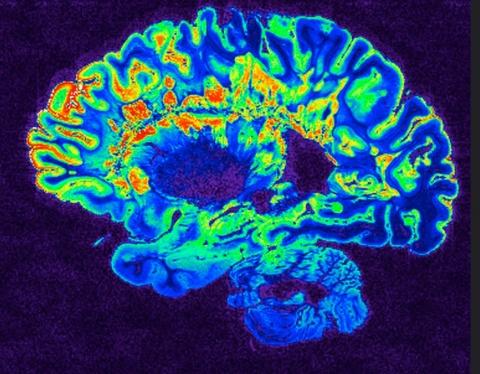
Birgit Frauscher, MD was senior author of an article in Clinical Neuropsychology investigating which short 5-minute segments of intracranial EEG are best suitable to localize focal drug-resistant epilepsy in comparison against long recordings of several days to ensure a seizure-free outcome. It was demonstrated that random selection of short segments as currently done may give rise to inaccurate results and that it is therefore important that analyzed segments are systematically and carefully selected.
Frauscher also contributed to a study published in Epilepsea to develop a grading system that provides a simple framework to rate the level of confidence in the location of the epileptic focus reported in published studies in a structured and harmonized way. This will allow in the future to facilitate and increase the quality of systematic reviews and guidelines in the field of epilepsy surgery.
Kevin Li, PhD, Vern Juel, MD, Lisa Hobson-Dobb, MD, and Karissa Gable, MD were authors on an article in the Journal of Neuroimmunology acknowledging the T reg dysfunction is a part of the underlying immunologic dysregulation in chronic inflammatory demyelinating neuropathy. Additionally, treated patients with active CIDP show persistent underlying immunologic dysfunction compared with controls and a proinflammatory state with impaired T reg function is present in relatively clinically stable treated patients with CIDP.
Katy Peters, MD, PhD was senior author of an article published in Cancer in which thought leaders in neuro-oncology discuss managing venous thromboembolism (VTE) in patients with primary and metastatic brain tumors. While there are no prospective trials, available retrospective studies and expert consensus show that direct oral anticoagulants (DOACs) can be given safely to patients with brain tumors.
Elijah Lackey, MD was lead author on a case series published in Journal of the Neurological Sciences, along with Suma Shah, MD and Chris Eckstein, MD, about Neurosarcoidosis having no FDA-approved drugs. They looked at the outcomes for patients treated off-label with adalimumab (Humira) at Duke. This case series is the largest published and showed the majority of patients improved.
Shashank Shekhar, MD co-authored a study published in Stroke: Vascular and Interventional Neurology validating the use of glial fibrillary acidic protein (GFAP) and D-dimer levels combined with clinical stroke severity scales to accurately detect large-vessel occlusion (LVO) ischemic strokes. The results show high specificity and sensitivity, especially within six hours of symptom onset, demonstrating the potential of these biomarkers for prehospital stroke triage.
Richard Bedlack, MD, PhD contributed to a review paper published in International Journal of Molecular Sciences that identifies key targets in the excitotoxicity cascade, highlights evidence that these are involved in the pathogenesis of ALS, and shows how interventions in this pathway could be effective therapies for this disease.
Additional Publications
- Brenda Plassman, PhD, Heather Whitson, MD, MHS, and Kathleen Welsh-Bohmer, PhD -- Anesthesiology
- Dan Laskowitz, MD, MHS – Applied Sciences (Switzerland)
- Braydon Leigh Dymm, MD and Deborah Koltai, PhD – Journal of Stroke and Cerebrovascular Diseases
- Dan Laskowitz, MD, MHS and Deborah Koltai, PhD – Trials
- Simon Davis, PhD -- Journal of Neuroscience
- Aatif Husain, MD, MBA – World Neurosurgery
- Brenda Plassman, PhD, Emily O’Brien, PhD and James Burke, MD, PhD -- Journal of the American Geriatrics Society